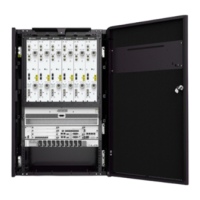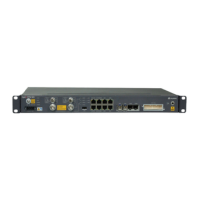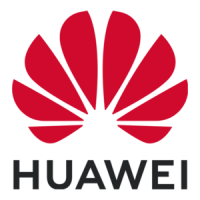Technical Manual
U-SYS MRS6100 Media Resource Server
Chapter 5 MGCP and SIP
Huawei Technologies Proprietary
5-33
access subscribed telecommunication services on any terminal in any location at any
time.
SIP supports five signaling functions of multimedia communications:
z User location: determination of the end system to be used for communication.
z User capabilities: determination of the media and media parameters to be used.
z User availability: determination of the willingness of the callee to engage in
communications.
z Call setup: establishment of call parameters at both caller and callee, including
ringing to the callee.
z Call handling and control: including call redirection, call transfer; and call
termination.
SIP can initiate multiparty sessions using the Multipoint Control Unit (MCU), unicast
mesh, or multicast, supporting gateway functionality between PSTN and Internet
calls.
SIP can be used in conjunction with other signaling systems or protocols for call setup.
Implementation of SIP is designed with expandability to other protocols taken into
consideration. For example, SIP could be used to determine that the callee can be
reached through H.323 protocol, obtain the H.245 gateway and user address and
then use H.225.0 protocol to establish the call. In another example, SIP might be used
to determine that the callee is reachable through the PSTN and indicate the phone
number to be called, possibly suggesting an Internet-to-PSTN gateway to be used.
SIP does not offer conference control services such as floor control or voting and
does not prescribe how a conference is to be managed, but SIP can be used to
introduce conference control protocols. SIP does not reserve resources, but can
convey to the invited system the information necessary to do this.
5.3.2 Terms
I. Call
A call refers to a conference where participants are all invited by a common source. It
is identified by a globally unique call-ID.
For example, all participants invited by a common source in a conference form one
call. A point-to-point Internet telephony conversation is one of the simplest sessions
and maps into a single SIP call.
A call is generally established by the caller. However, it can also be established by a
third party who does not participate in the media communication, where the caller of
the session is not the same as the inviter of the session. For multicast conferences,
when a user is invited to one multicast session by several people at the same time,
each of these invitations is a unique call. In an MCU-based call-in conference, each
participant uses a separate call to invite himself to the MCU.
